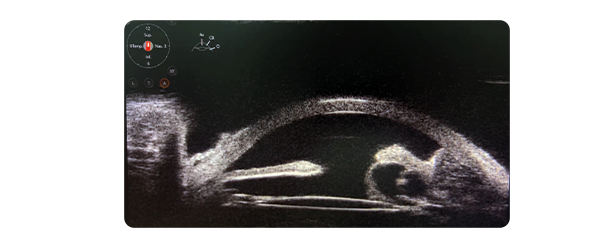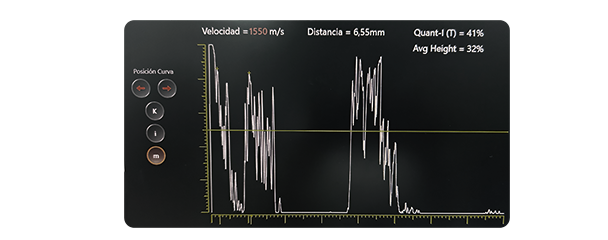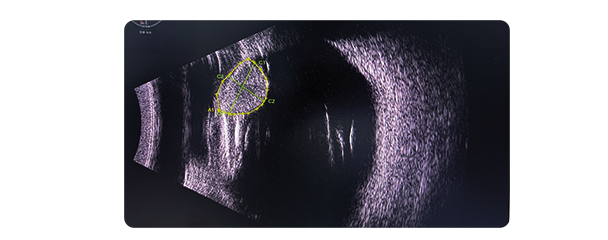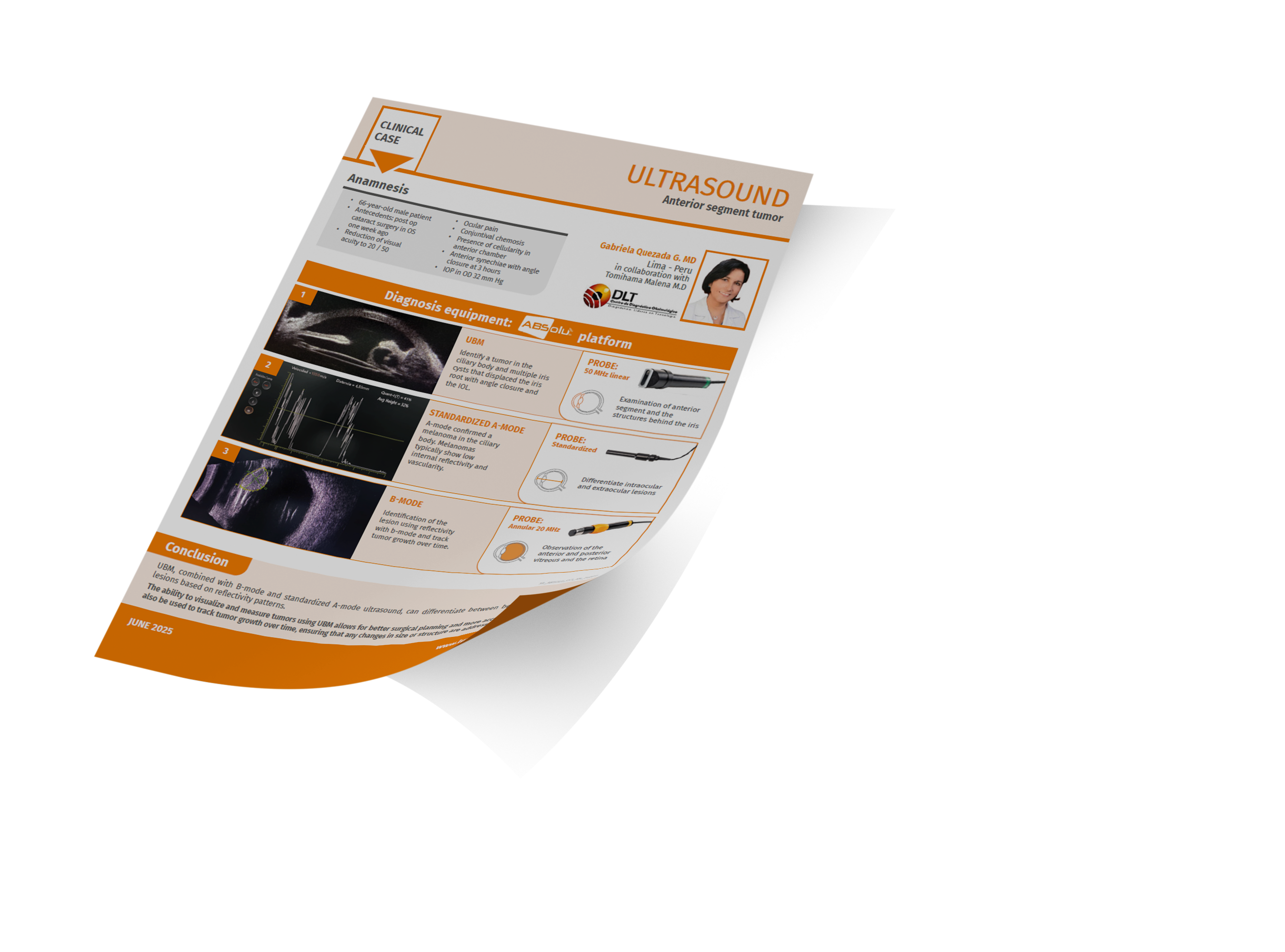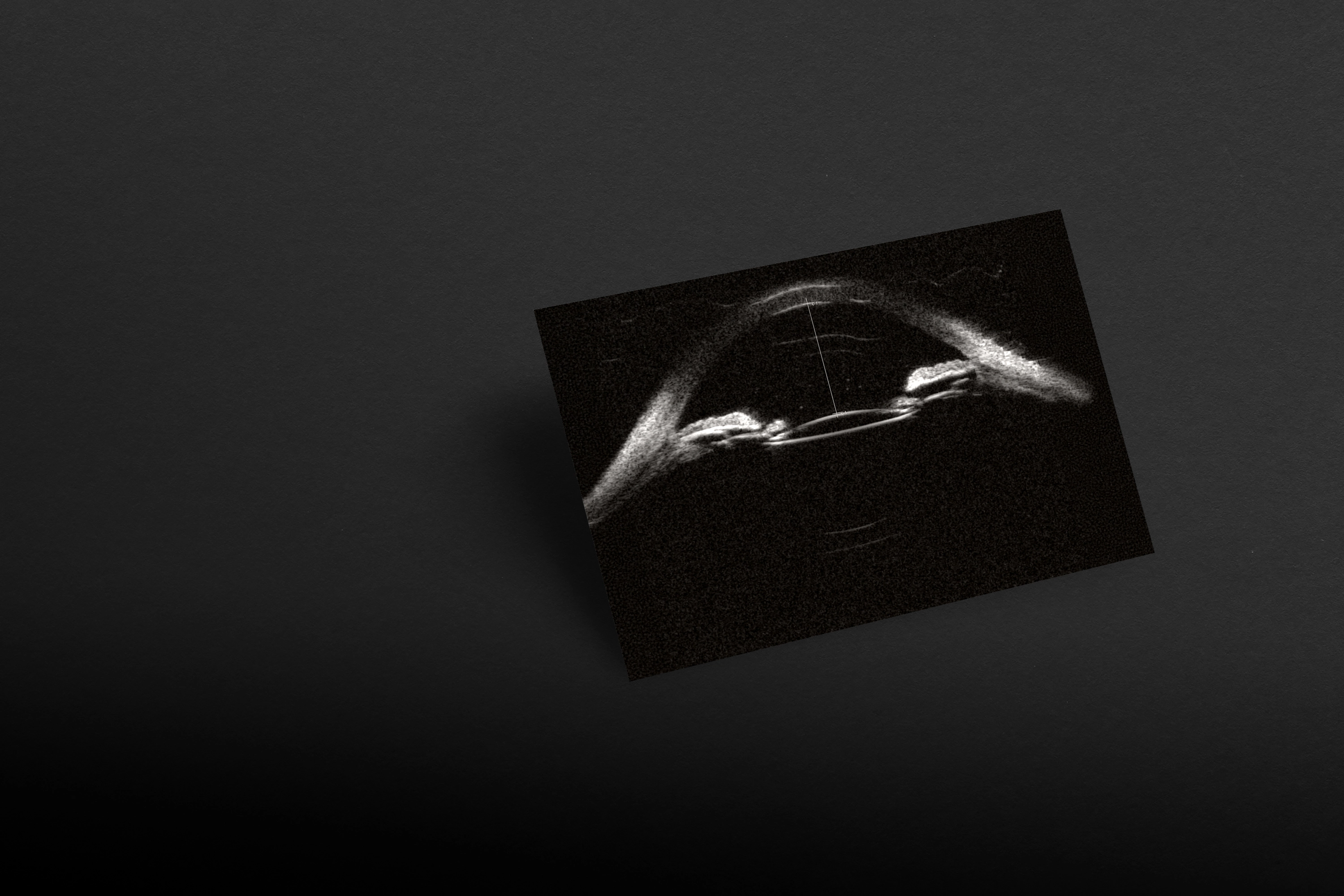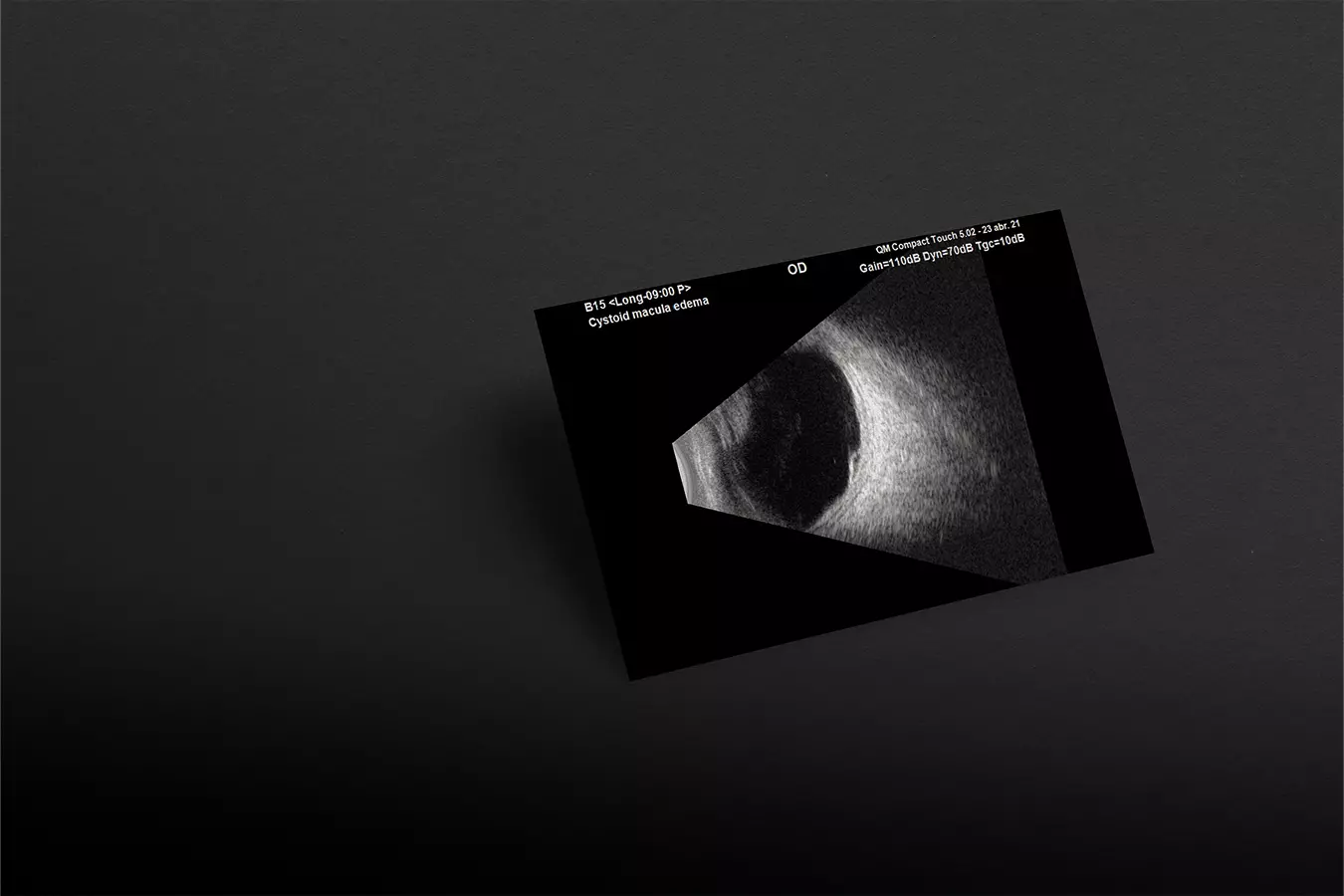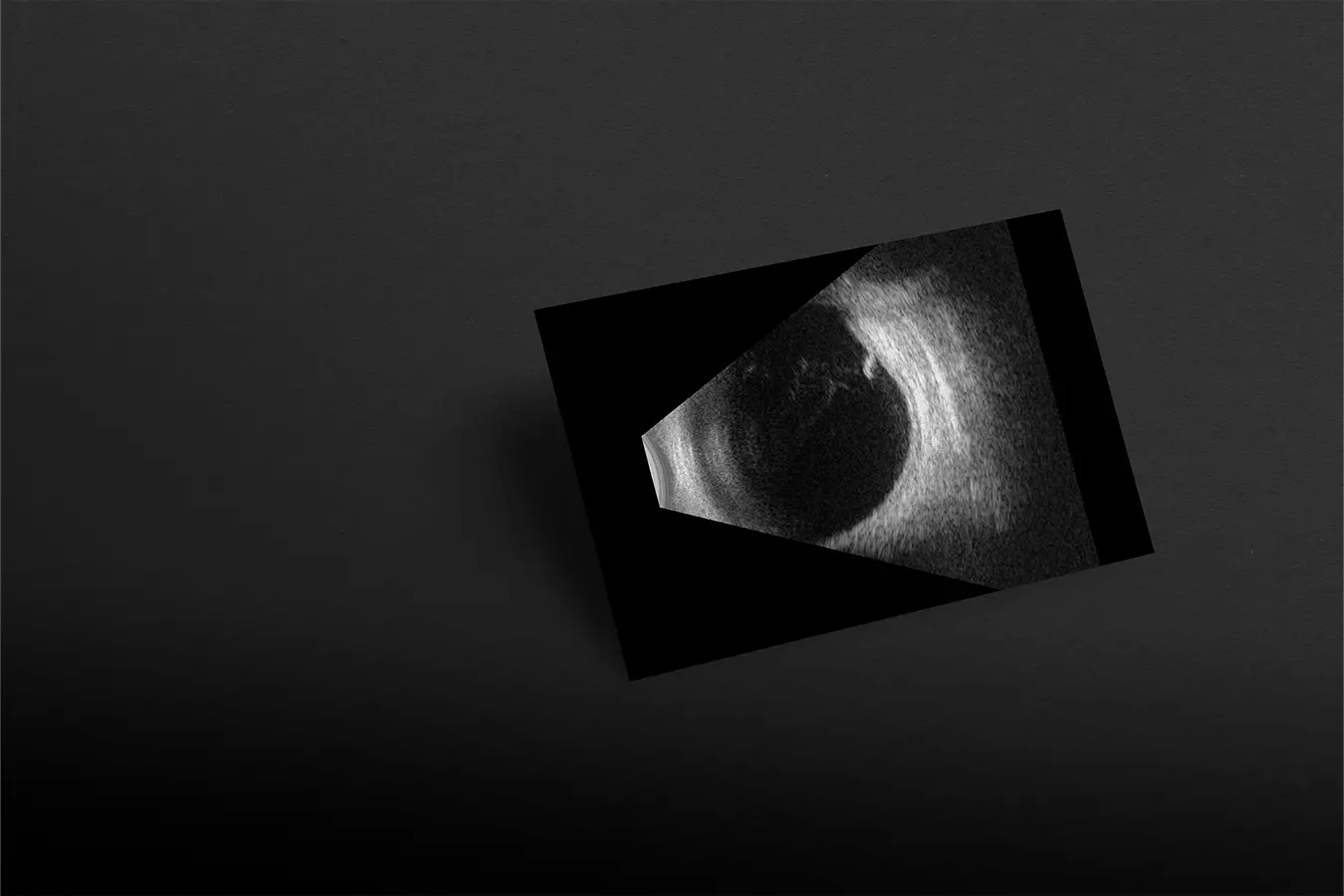Lima, Peru

Dr Gabriela Quezada G.
DLT Centro de Diagnostico Oftalmologico - Lima, Peru
A 66-year-old male patient presents with ocular pain and a reduction in visual acuity to 20/50 in the right eye (OD), one week after undergoing cataract surgery in the left eye (OS). Clinical examination reveals an elevated intraocular pressure (IOP) of 32 mmHg in OD. Slit-lamp evaluation shows conjunctival chemosis, the presence of anterior chamber cellularity, and anterior synechiae leading to angle closure over 3 clock hours. These findings raise concern for postoperative inflammatory angle closure.
